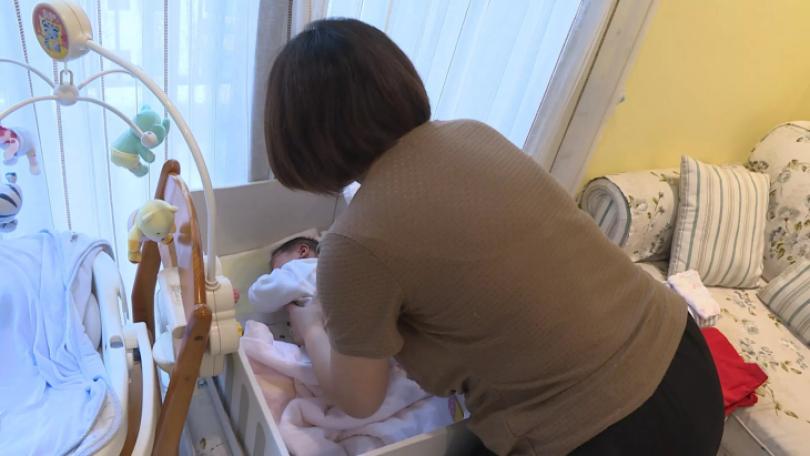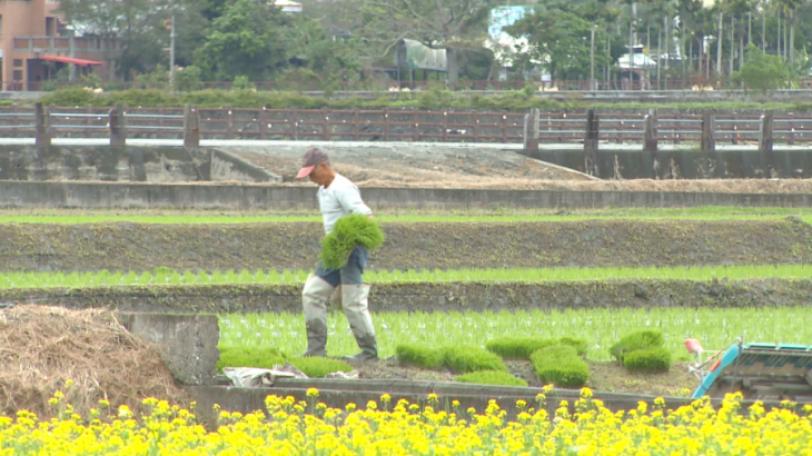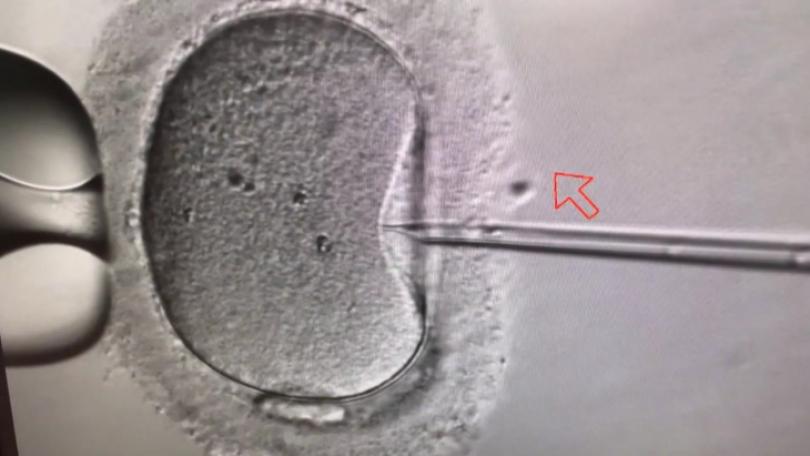Taipei's Dependency Ratio Surpassed 50% as of End of 2022 統計:至2022年底 北市扶養比破50全台唯一
According to Ministry of the Interior statistics, Taipei has the highest dependency ratio in Taiwan. At a ratio of 50, every two working-age people have to support one dependent.
Taiwanese families are under extreme economic pressure due to out-of-control inflation. Those that have both parents and children to support are severely stressed out.
Citizen: “I used to spend less than NT$1,000 on groceries. Now, groceries cost so much more. I'm so stressed.”
Citizen: “Everyone has mortgage payments and medical fees and tuition. Meanwhile, consumer prices are skyrocketing everywhere. ”
The dependency ratio compares the ratio of people not in the labor force to people in the labor force. The 15-64 age group is generally used as the basis for the latter. According to the Ministry of the Interior, Taipei's dependency ratio surpassed 50 percent as of the end of 2022, which means every two people in the labor force must support one dependent. Taipei also had the highest old-age dependency ratio in Taiwan at 31.43 percent, which means Taipei's over-65 population is growing the most quickly among all municipalities. Hsinchu, meanwhile, had the highest young-age dependency ratio in Taiwan at 23.38 percent. Greater Hsinchu is the only area in Taiwan where children outnumber seniors.
James Hsueh, Retired NTU Professor: “Seniors greatly outnumber children in Taipei. When these children grow up, they become part of the labor force while having to shoulder the heavy burden of supporting an 80- or 90-year-old. The burden is much heavier than the burden of raising a child.”
One expert says with medical advances and longer life expectancy, more attention should be paid to the unemployment rate of the 15-64 age group. In Taipei, the unemployment rate of 20- to 29-year-olds is relatively high which means a higher percentage of 20-somethings in Taipei are dependents. The expert says bringing the unemployment rate down and the production rate up is of critical importance because it is the only way to resolve a high dependency ratio.
連假出遊孩子開心玩樂,但物價通膨、經濟壓力沉重,對於上有老、下有小的民眾來說,確實備感壓力。
民眾說:「以前大概1000塊(買菜)都還會有剩,現在可能又要再多(拿錢)出來了,壓力還滿大的。」
還有民眾表示:「看本身還有沒有其他支出,房貸之類,醫藥費、學費比較占大多數,你說那個物價的話,基本上其實到哪裡都差不多了。」
扶養比是指每百位15到64歲的工作年齡人口,所需扶養的依賴人口來計算,根據內政部最新統計,截至2022年底,台北市的扶養比是全台唯一突破50%的縣市,也就是2位工作年齡人口必須背負1位依賴人口,扶養壓力最大。「扶老比」部分,全台各縣市中,最高的也是台北市的31.43%,顯示北市老年人口增速全台最高。扶幼比部分,最高的則是新竹市的23.38%,新竹縣市也是全台唯二、幼年人口多於老年人口的縣市。
台大退休教授薛承泰指出:「今天台北市這個現象,是扶老比遠遠的超過扶幼比,扶幼小孩子慢慢長大了,他會變成勞動力,跟你扶養一個80歲到90歲的,那個負擔就很重,所以扶老比其實它要加權計算。」
學者分析,隨著醫療進步,人口老化已成趨勢,重點在於15到64歲的失業率,以北市而言,20到29歲年輕人失業率偏高,就會轉而變成被撫養者。當務之急就是要讓工作人口失業率降低、提高生產力,才能改善扶養比高的狀況。








